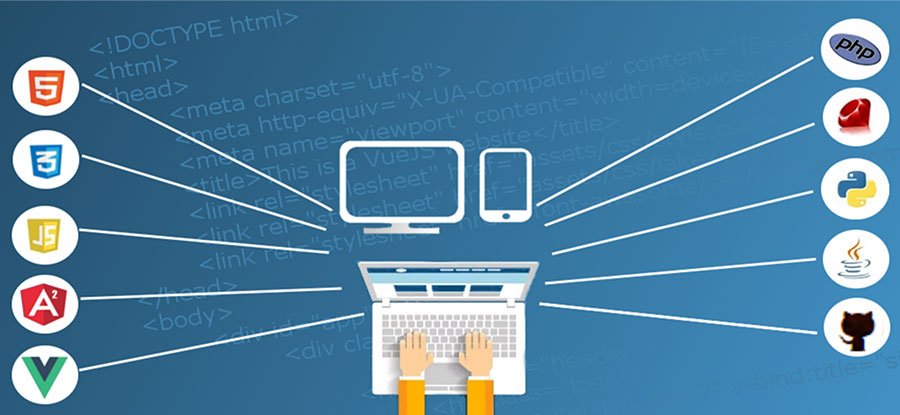Achieving a seamless user experience (UX) involves creating a smooth, intuitive, and engaging interaction between users and a digital product. Seamlessness in UX ensures that users can effortlessly navigate and interact with the product without encountering friction or confusion. This holistic approach combines design, functionality, and usability to deliver an optimal experience.

Prioritizing User-Centered Design
To achieve a seamless UX, start by prioritizing user-centered design. This approach focuses on understanding users’ needs, preferences, and behaviors. Conduct thorough research through user interviews, surveys, and usability testing to gather insights. These insights guide design decisions, ensuring the product meets users’ expectations and provides a satisfying experience.
Streamlining Navigation
Effective navigation is crucial for a seamless UX. Simplify the navigation structure by organizing content logically and providing clear, intuitive menu options. Use familiar design patterns and avoid overwhelming users with too many choices. A streamlined navigation system allows users to find information quickly and efficiently, reducing frustration and enhancing overall satisfaction.
Ensuring Consistent Design
Consistency in design elements, such as colors, fonts, and button styles, contributes to a cohesive user experience. Adhere to design guidelines and maintain uniformity across all pages and features. Consistent design helps users build familiarity with the interface, making interactions more predictable and enjoyable.
Optimizing Load Times
Fast load times are essential for a seamless UX. Users expect quick access to content and features, and delays can lead to frustration and abandonment. Optimize performance by minimizing file sizes, leveraging browser caching, and employing efficient coding practices. Regularly test and monitor load times to ensure a responsive and smooth experience.
Facilitating Mobile Responsiveness
Mobile responsiveness is a key aspect of a seamless UX. Design with mobile-first principles to ensure that the product adapts seamlessly to various screen sizes and devices. Test the interface on different devices and orientations to identify and address any issues. A responsive design ensures users have a consistent and enjoyable experience, regardless of the device they use.
Enhancing Accessibility
Accessibility is a critical component of a seamless UX. Design with inclusivity in mind by implementing accessibility features such as keyboard navigation, screen reader compatibility, and high-contrast visuals. Ensure that all users, including those with disabilities, can access and interact with the product effectively.
Simplifying User Interactions
Reduce complexity in user interactions to achieve a seamless UX. Streamline processes by minimizing the number of steps required to complete tasks and removing unnecessary form fields. Provide clear instructions and feedback to guide users through interactions. Simplified user interactions enhance usability and contribute to a more enjoyable experience.
Incorporating Feedback Mechanisms
Integrate feedback mechanisms into the product to continuously improve the user experience. Implement features such as user surveys, feedback forms, and usability testing sessions to gather insights and identify areas for enhancement. Act on user feedback to address issues and refine the product, ensuring it evolves to meet users’ needs.
Maintaining Clear Communication
Effective communication is vital for a seamless UX. Use clear, concise language and provide relevant information at appropriate stages of the user journey. Avoid jargon and ensure that error messages and prompts are easy to understand. Clear communication helps users navigate and interact with the product confidently.
Designing for Error Prevention
Design with error prevention in mind to create a seamless UX. Anticipate potential issues and provide solutions to prevent errors from occurring. For example, implement input validation, offer real-time feedback, and provide informative error messages. Proactively addressing potential problems minimizes disruptions and enhances the overall experience.
Integrating Personalization
Personalization enhances the user experience by tailoring content and features to individual preferences and behaviors. Utilize user data and preferences to deliver relevant recommendations, customized settings, and targeted content. Personalization creates a more engaging and meaningful interaction, increasing user satisfaction and loyalty.
Leveraging Usability Testing
Usability testing is a valuable tool for achieving a seamless UX. Conduct regular testing with real users to identify usability issues, gather feedback, and assess the overall experience. Use insights from usability testing to make data-driven improvements and ensure that the product meets users’ needs effectively.
Embracing Continuous Improvement
A seamless UX is an ongoing process of refinement and enhancement. Continuously monitor user interactions, analyze performance metrics, and gather feedback to identify areas for improvement. Embrace a culture of continuous improvement to keep the product relevant, functional, and aligned with evolving user needs.
Conclusion
Achieving a seamless user experience involves prioritizing user-centered design, streamlining navigation, and ensuring consistent design. By optimizing load times, facilitating mobile responsiveness, and enhancing accessibility, you create a smooth and enjoyable interaction. Simplify user interactions, incorporate feedback mechanisms, and maintain clear communication to further enhance the UX. Designing for error prevention, integrating personalization, and leveraging usability testing contribute to a continuously improving experience. Embrace these principles to deliver a seamless user experience that satisfies and engages users.




